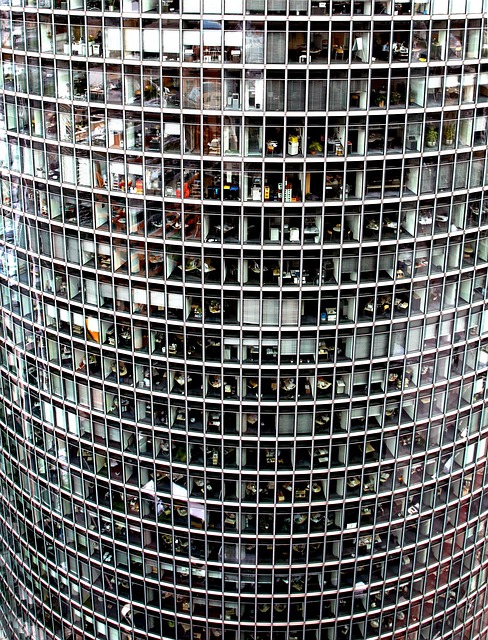New Bedford, Massachusetts residents looking to enhance their outdoor spaces with custom fence design have come to the right place. This comprehensive guide explores the full scope of creating and installing a unique fencing system tailored to individual style and practical needs. From unlocking distinctive aesthetics through custom design to integrating fences seamlessly into landscapes, this article provides an in-depth look at every step of the process, ensuring your New Bedford fence project stands out while adhering to local regulations.
- Custom Fence Design: Unlocking Unique Aesthetics
- Installation Process: Step-by-Step Guide for New Bedford Residents
- Material Choices: Exploring Options for Durability and Style
- Fencings' Functional Benefits: Security, Privacy, and More
- Integrating Fences with Landscape: Design Tips for Harmony
- Local Regulations: Navigating Permits for Your Custom Project
Custom Fence Design: Unlocking Unique Aesthetics
Custom fence design offers homeowners and businesses in New Bedford, Massachusetts, an opportunity to transform their outdoor spaces into visually stunning and unique landscapes. By moving beyond traditional fence styles, residents can unlock a world of aesthetic possibilities that reflect their personal tastes and enhance property values. From elegant wooden designs with intricate carvings to modern metal fences featuring geometric patterns, custom designs cater to diverse preferences.
Whether aiming for a natural, rustic charm or a sleek, contemporary look, skilled fence artisans can bring these visions to life. Customization options extend to materials, colors, textures, and additional features like integrated lighting or privacy panels. These tailored elements not only make each fence one-of-a-kind but also contribute to the overall curb appeal and character of a property.
Installation Process: Step-by-Step Guide for New Bedford Residents
When it comes to installing a custom fence in New Bedford, Massachusetts, residents can follow this step-by-step guide for a successful and efficient process. First, clear the area where the fence will be placed, removing any debris or existing structures that might interfere. Next, survey the property line to ensure compliance with local regulations and mark the exact points where the fence will stand.
Dig holes for the posts using a post-hole digger, ensuring they are deep enough to support the fence’s weight. Place concrete in the holes to secure the wooden or metal posts firmly. As the concrete sets, measure and cut the rails and panels according to your desired design. Attach them to the posts using appropriate fasteners, ensuring all components are securely joined. Finally, finish the installation by adding any additional features like gates or latches, inspecting for level, and making any necessary adjustments.
Material Choices: Exploring Options for Durability and Style
When designing a custom fence, one of the first considerations is material choice. New Bedford, Massachusetts residents have a range of options to balance durability, style, and budget. Traditional choices like wood offer warmth and charm but require regular maintenance. Alternatively, vinyl fencing is low-maintenance and comes in various colors and styles, making it popular for those seeking both functionality and aesthetics.
Metal, particularly aluminum or steel, offers superior strength and longevity. These materials are resistant to rot, rust, and decay, ensuring your fence remains sturdy and secure over time. While metal fences might be more expensive upfront, their durability makes them a worthwhile investment in the long run, especially for properties with harsh weather conditions.
Fencings' Functional Benefits: Security, Privacy, and More
Fences serve multiple functional benefits beyond just defining property boundaries. One of the most significant advantages is enhanced security. A well-designed fence can deter potential intruders, providing peace of mind for homeowners and businesses alike. It creates a physical barrier that limits unauthorized access, making your space safer.
Additionally, fences offer unparalleled privacy. They act as natural screens, blocking unwanted views from neighbors or passing pedestrians. This is especially valuable in urban areas where properties are close together. Customized fence designs can incorporate solid panels, lattices, or mesh materials, each offering varying degrees of visibility while still maintaining privacy for the occupants within.
Integrating Fences with Landscape: Design Tips for Harmony
When designing and installing a custom fence in New Bedford, Massachusetts, integrating it with your landscape is essential for achieving a harmonious look. Start by considering the overall style and colors of your property. For instance, if you have a traditional home with lush greenery, opt for a fence design that complements these elements, such as a classic wooden picket fence or a elegant wrought-iron gate. On the other hand, a modern minimalist home may suit a sleek, low-profile fence with clean lines and contemporary materials.
Additionally, don’t overlook the placement of your fence. Strategically positioning it can enhance specific areas of your landscape, like creating a private seating area by a fence with built-in benches or defining different zones in your yard through varying fence heights and styles. Incorporating plants along the base of the fence can also create visual interest while providing privacy and beauty that seamlessly blends indoor and outdoor spaces.
Local Regulations: Navigating Permits for Your Custom Project
When embarking on a custom fence design and installation project in New Bedford, Massachusetts, it’s crucial to navigate local regulations and permits. The city may have specific guidelines regarding fence height, materials, and placement, especially in residential areas. Failure to adhere to these rules can result in delays or fines.
Before beginning your project, research the necessary permits and consult with local authorities. They can provide insights into any restrictions and guide you through the application process. Understanding these regulations is essential to ensure your custom fence not only meets aesthetic expectations but also complies with legal requirements.
